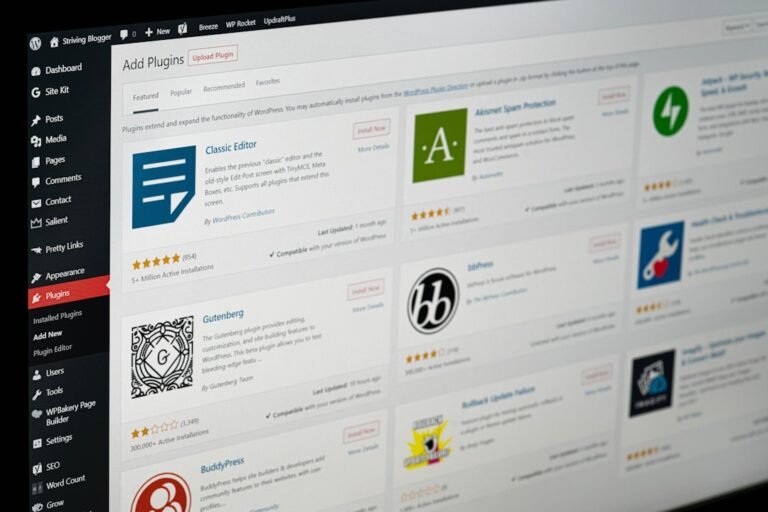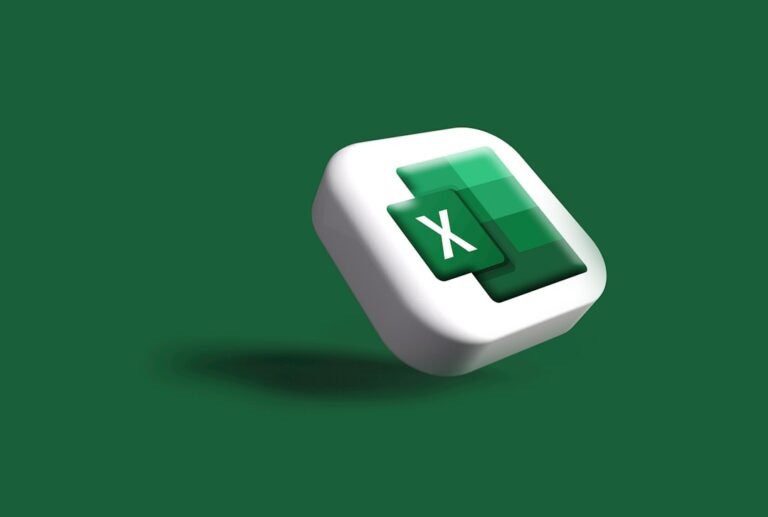budget breakdown
Creating a budget breakdown is an essential step in managing your finances effectively. It helps you understand where your money is going, identify areas of waste, and make informed decisions about your spending habits. In this article, we’ll provide a detailed guide on how to create a budget breakdown, including tips and strategies for optimizing your financial plan.
What is a Budget Breakdown?
A budget breakdown is a detailed analysis of your income and expenses, categorized into different groups to help you understand how you’re allocating your resources. It’s a tool that helps you track your spending, identify areas for improvement, and make adjustments to achieve your financial goals.
Why is a Budget Breakdown Important?
A budget breakdown is crucial for several reasons:
**Financial clarity**:
It provides a clear picture of your income and expenses, helping you understand where your money is going.
**Identifying areas for improvement**:
By categorizing your expenses, you can identify areas where you can cut back and allocate funds more efficiently.
**Goal setting**:
A budget breakdown helps you set realistic financial goals, such as saving for a down payment on a house or paying off debt.
**Reducing stress**:
Having a clear understanding of your finances can reduce stress and anxiety, helping you feel more in control of your money.
How to Create a Budget Breakdown
Creating a budget breakdown involves several steps:
Step 1: Track Your Income and Expenses
- Start by gathering all your financial documents, including pay stubs, bank statements, and bills.
- Record your income and expenses in a spreadsheet or use a budgeting app to make it easier.
Step 2: Categorize Your Expenses
Divide your expenses into categories, such as:
- Housing (rent/mortgage, utilities, maintenance)
- Transportation (car loan/gas/insurance, public transportation)
- Food (groceries, dining out)
- Insurance (health, life, disability)
- Debt repayment (credit cards, loans)
- Entertainment (hobbies, movies, concerts)
Step 3: Set Financial Goals
Based on your income and expenses, set realistic financial goals, such as:
- Saving for a emergency fund
- Paying off debt
- Building a retirement fund
Step 4: Allocate Funds
- Allocate your income into each category based on your goals and priorities.
- Make sure to include a category for savings and emergency funds.
Step 5: Monitor and Adjust
- Regularly track your spending and compare it to your budget breakdown.
- Make adjustments as needed to stay on track with your financial goals.
Tips for Optimizing Your Budget Breakdown
Here are some additional tips to help you optimize your budget breakdown:
**Prioritize needs over wants**:
Be honest about what you need versus what you want.
**Automate your savings**:
Set up automatic transfers to your savings and investment accounts.
**Avoid impulse purchases**:
Create a 30-day waiting period for non-essential purchases to help you avoid making impulse buys.
**Consider used or refurbished items**:
Consider buying used or refurbished items instead of new ones to save money.
Common Budget Breakdown Mistakes to Avoid
Here are some common mistakes to avoid when creating a budget breakdown:
**Underestimating expenses**:
Make sure to account for all your expenses, including irregular ones like car maintenance.
**Overestimating income**:
Be conservative with your income projections to avoid overspending.
**Not accounting for inflation**:
Consider inflation when planning for long-term expenses, such as retirement.
Conclusion
About Relvixis: Relvixis is a Canadian-based digital agency specializing in results-driven solutions for businesses looking to grow online.
We offer expert services in SEO optimization, web development, social media management, and marketing automation.
Our team blends creative strategy with technical precision to drive leads, enhance brand visibility, and accelerate digital performance.
To learn more or schedule a free consultation, visit
relvixis.com.







